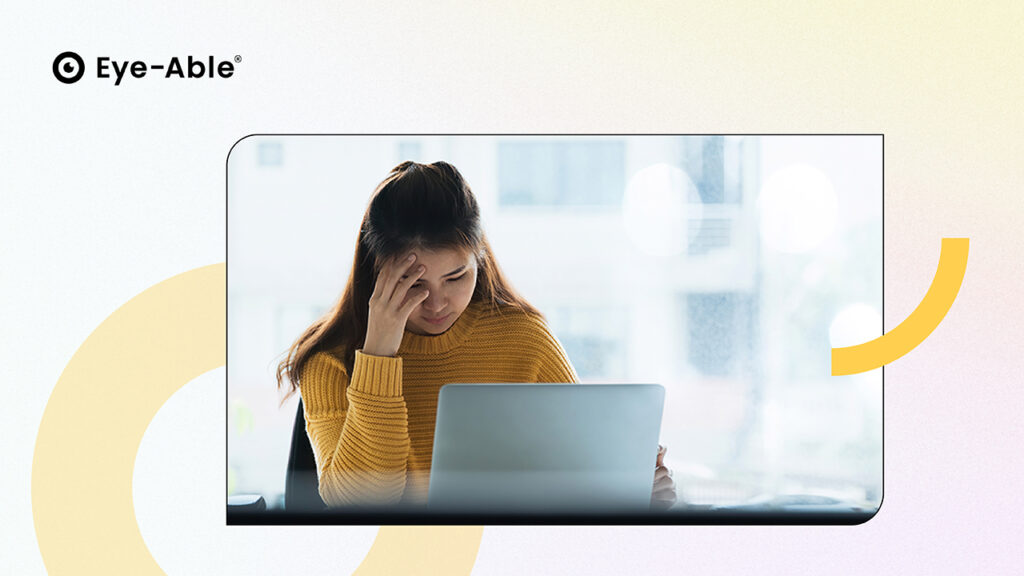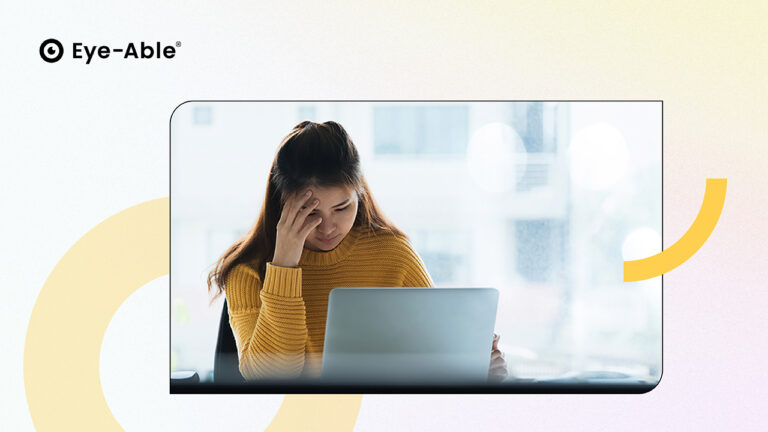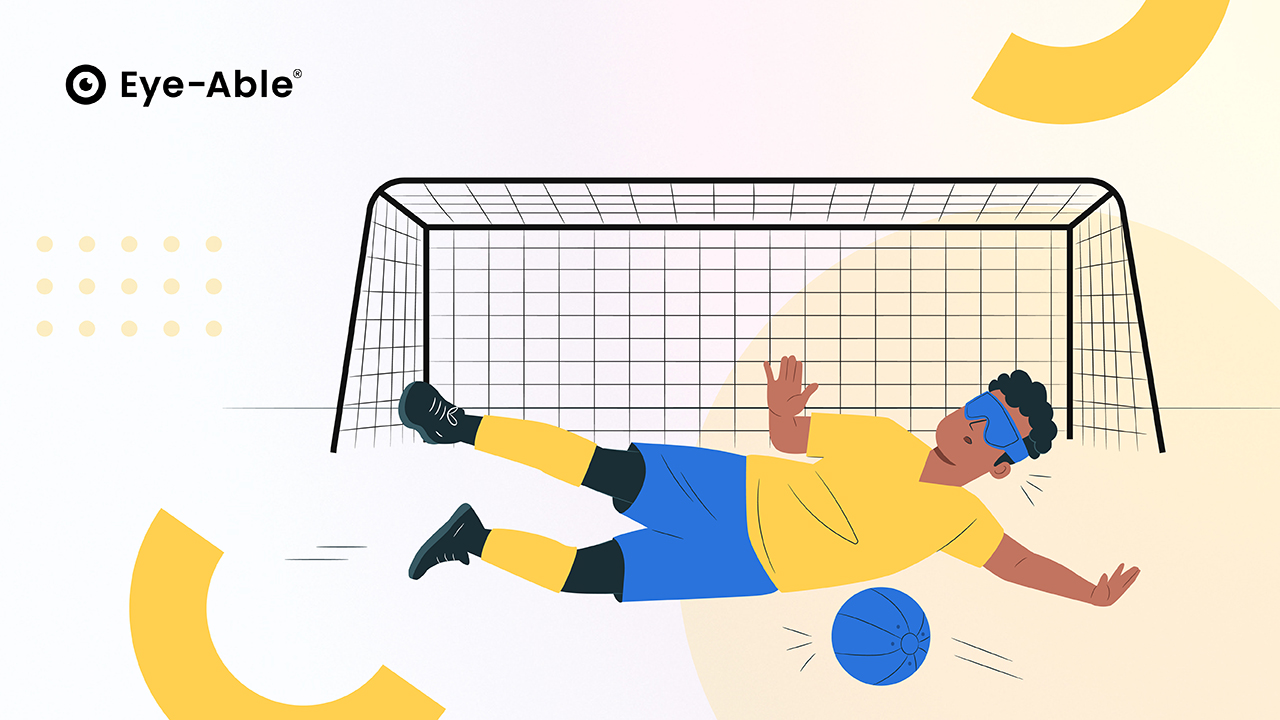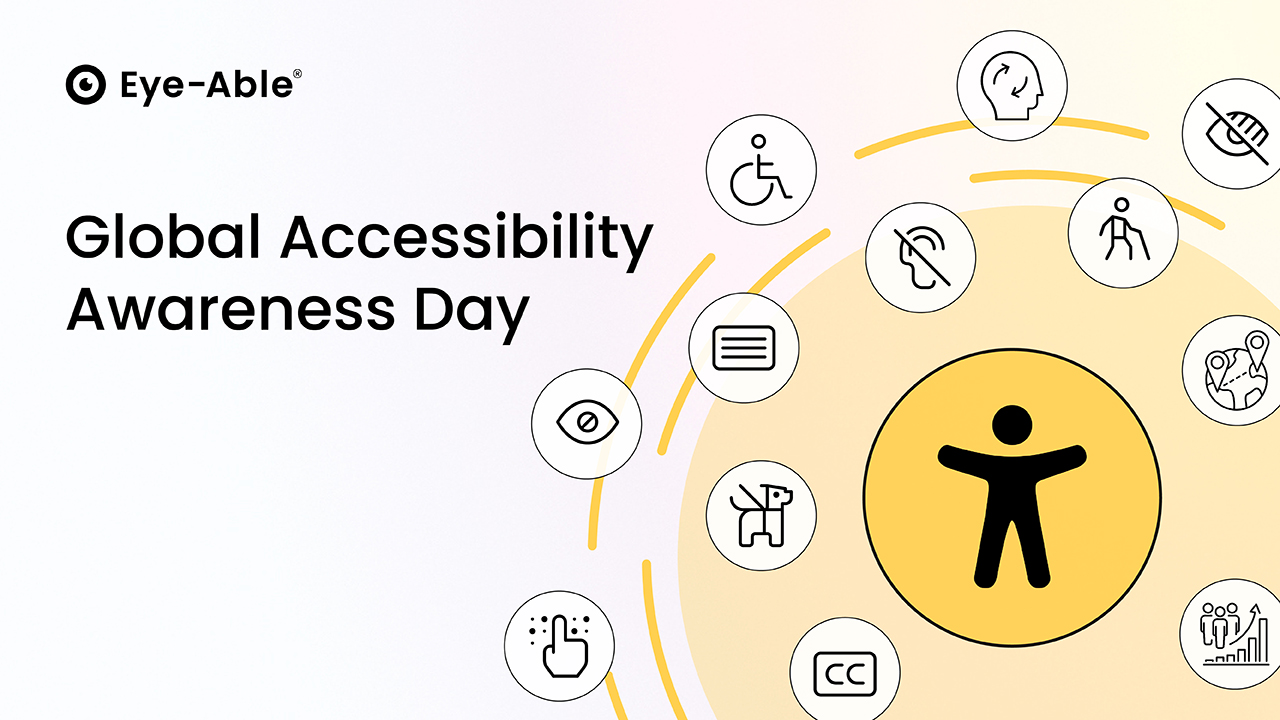In our daily lives, we often encounter obstacles that are not recognizable at first glance. These invisible barriers can take many forms and affect people from a wide range of backgrounds and circumstances.
Invisible barriers can manifest themselves in various areas. From social interactions to professional challenges and personal pressures. For example, prejudices or stereotypes towards certain groups of people can create invisible barriers that limit their opportunities and affect their experiences. This can lead to people being treated unfairly based on characteristics such as gender, ethnicity or social status.
Other invisible barriers can occur with mental health problems, which are often not obvious but can nevertheless have a significant impact on a person's well-being and performance. Of course, they can also occur in conjunction with non-visible and visible disabilities. For example, people who suffer from anxiety, depression or other mental health issues may encounter invisible barriers that make it difficult to engage or be productive. The potential invisible barriers to disability and mental health issues are numerous.
Of course, such non-visible barriers can also occur in physical form. For example, in the form of architectural barriers for people with mobility impairments or environmental factors that affect well-being, such as noise or light pollution.
Here are some examples of barriers that are often overlooked in everyday life:
Non-accessible elections
Even if the physical buildings where voting takes place are accessible, the actual voting process is not automatically barrier-free. The voting booths themselves must be checked to ensure that they do not impose any barriers on people with certain disabilities.
For people with visual impairments or cognitive disabilities, for example, it can be fundamentally difficult to obtain the necessary information about the elections (about the parties/politicians, their election programs, accessibility of polling stations, etc.).
Digital barriers
Many websites and applications (around 75 % of the largest webshopsaccording to a study by Aktion Mensch) are are not barrier-free and therefore exclude people with disabilities. Common problems include poor contrast, unlabeled images or a lack of alternative texts for visually impaired users. users.
In addition, complex navigation structures or a lack of subtitles can make it difficult for people with hearing impairments to use online resources. Creating accessible digital content is crucial to ensure that people with disabilities have equal access to information and services.
Sensory overload
Spaces with overwhelming noise or visual stimuli can be inaccessible to people with autism or sensory processing disorders. Business owners*inside could consider introducing sensory conscious opening hours for shopping orfor example in museums or Äsimilar, special visitingvisiting hours, to offer. Specially marked quiet zones visitors can*insidewith sensory processing disorders can provide relief.
Restrictions for assistance animals
Some public and private spaces still unlawfully restrict access to assistance animals. These restrictions can take the form of a complete denial of access to an area or service, as well as less severe measures such as charging additional fees for cleaning for people who use an assistance animal.
Lack of tactile and auditory aids
The lack of tactile or auditory signals, for example at crosswalks, can make getting around very difficult for people with disabilities. can make it extremely difficult for people with disabilities enormously difficult. The installation of detectable warning signs and audible crossing signals can help here.
Unevenness in the floor and surfaces
Many public spaces, especially outdoors and in older buildings, have uneven surfaces or sudden changes in flooring. Barriers that are often not recognized by people who are not affected at all not noticedbut an enormouss obstacle can. Dtse obstacles can for wheelchair users*wheelchair users or people with mobility problems a major represent a major obstacle.
It is important to recognize that invisible barriers are often subtle and difficult to identify, but can still have a serious impact. By becoming aware of these barriers and taking action to overcome them, we can create we create a more inclusive and equitable societywhere everyone can reach their full potential.






